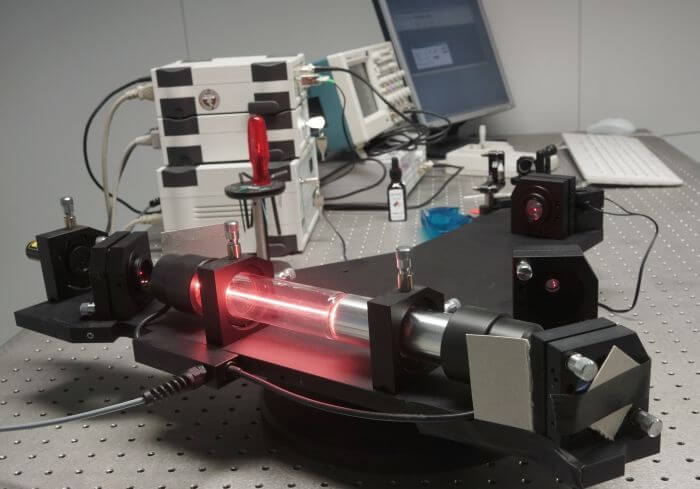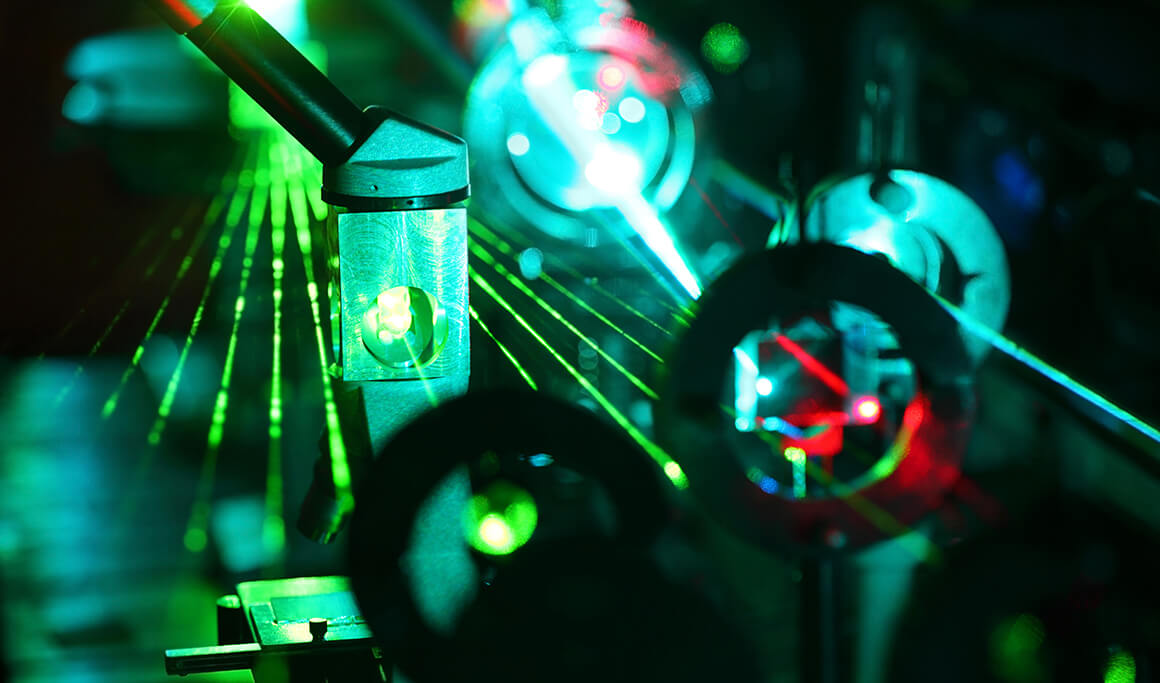Forward-looking: Future electronics still have room to get a lot smaller. New techniques for creating optical gyroscopes may make motion and orientation detection significantly better all while chips take up significantly less space.
Accelerometers and gyroscopes are often paired together for motion tracking and orientation detection within cell phones, tablets, game controllers, vehicles, and dozens of other common everyday devices. Building super small devices that are both precise and accurate is already difficult enough, but achieving the best possible accuracy today requires a device roughly the size of a golf ball.
Researchers from Caltech have developed an optical gyroscope that is no larger than a grain of rice and has higher accuracy than the more common MEMS gyroscopes most people have in their electronics. Instead of using identical oscillating masses that move, optical gyroscopes rely on the Sagnac Effect.
Going back to Einstein's theory of general relativity, French physicist Georges Sagnac created a technique to measure a differential time of flight. A light beam is split into two where each beam moves around a circular path and hits a sensor at the other end of the path. Rotating an optical gyroscope causes one of the two beams of light to take a longer path, thus allowing the orientation of a device to be calculated from the difference in times between each beam of light hitting a detector. The phase shift that occurs is called the Sagnac effect.

As an optical gyroscope is made smaller, there is even less time to capture an optical signal inside of it. Scale it down all the way to a grain of rice and there is an incomprehensibly small amount of time where the necessary signals can be measured. Then, try to find the difference in time between the two signals.
A major part of the breakthrough is immunity to noise. Such small devices are often affected by electric and magnetic fields as well as thermal noise. To combat these problems, a new technique called "reciprocal sensitivity enhancement" has been developed that allows both beams of light inside the device to be equally affected by environmental conditions. In the end, signal-to-noise ratios are greatly improved and allow for functional optical gyroscopes that are both smaller and more accurate than current generation devices.
